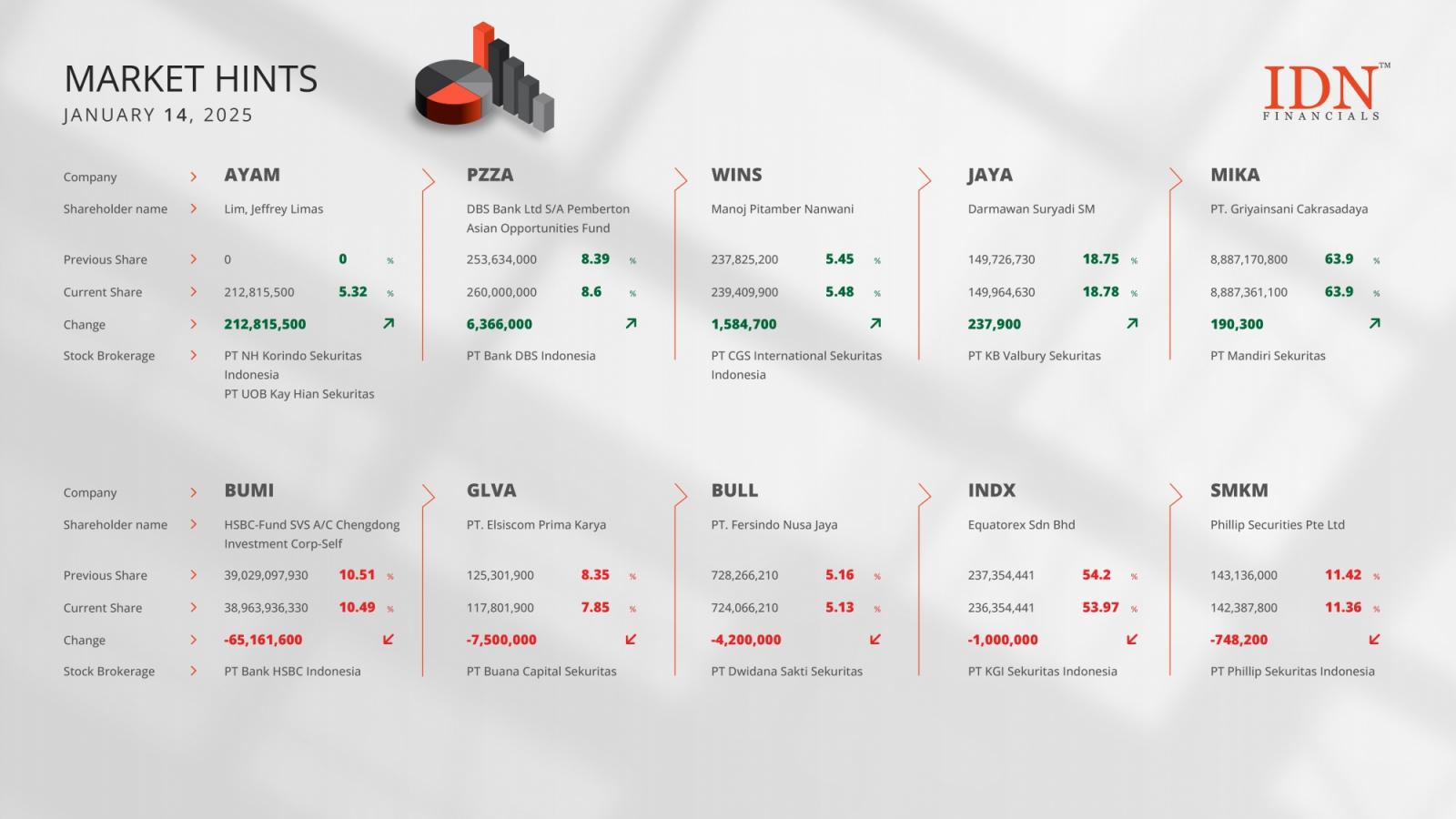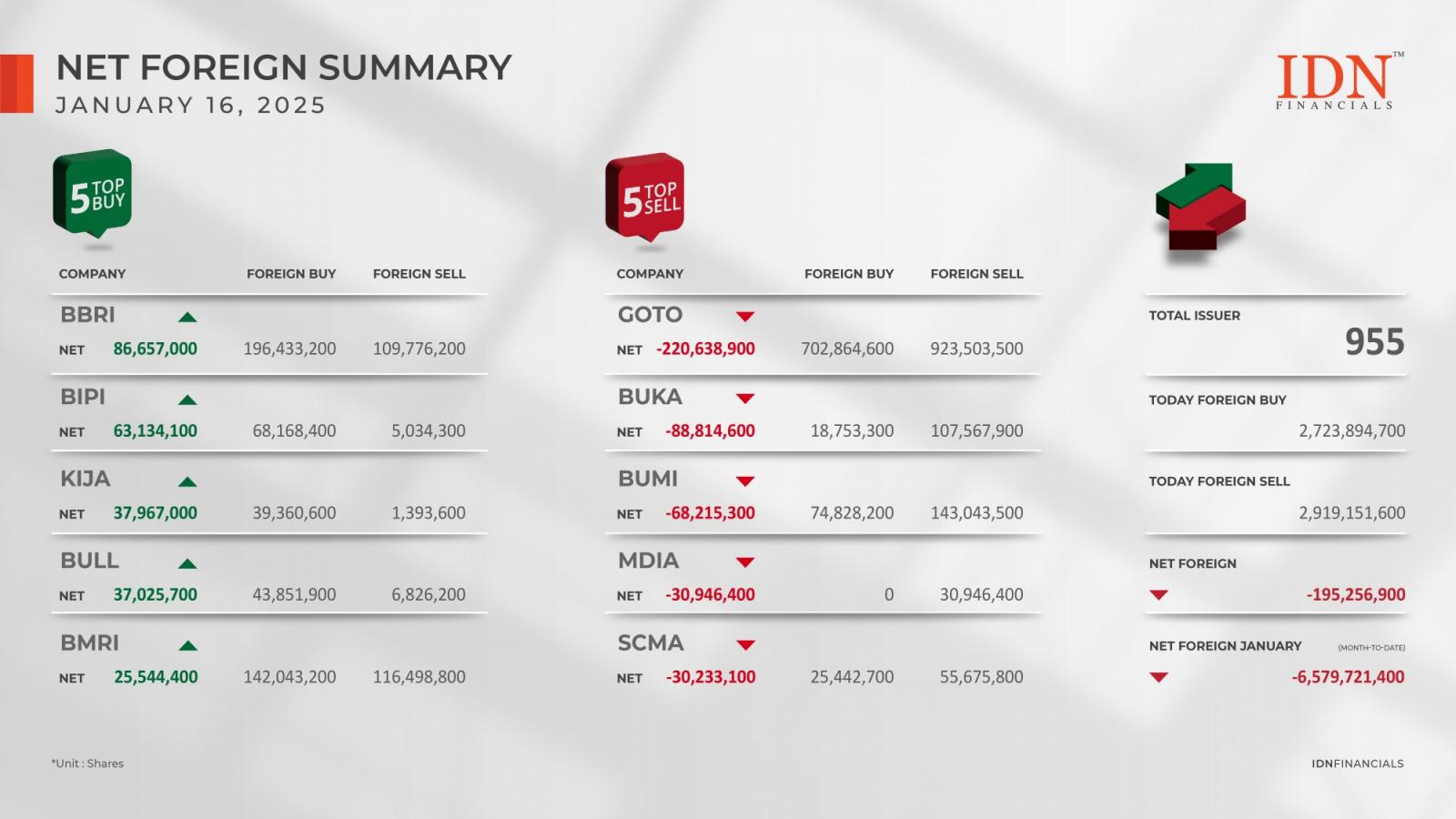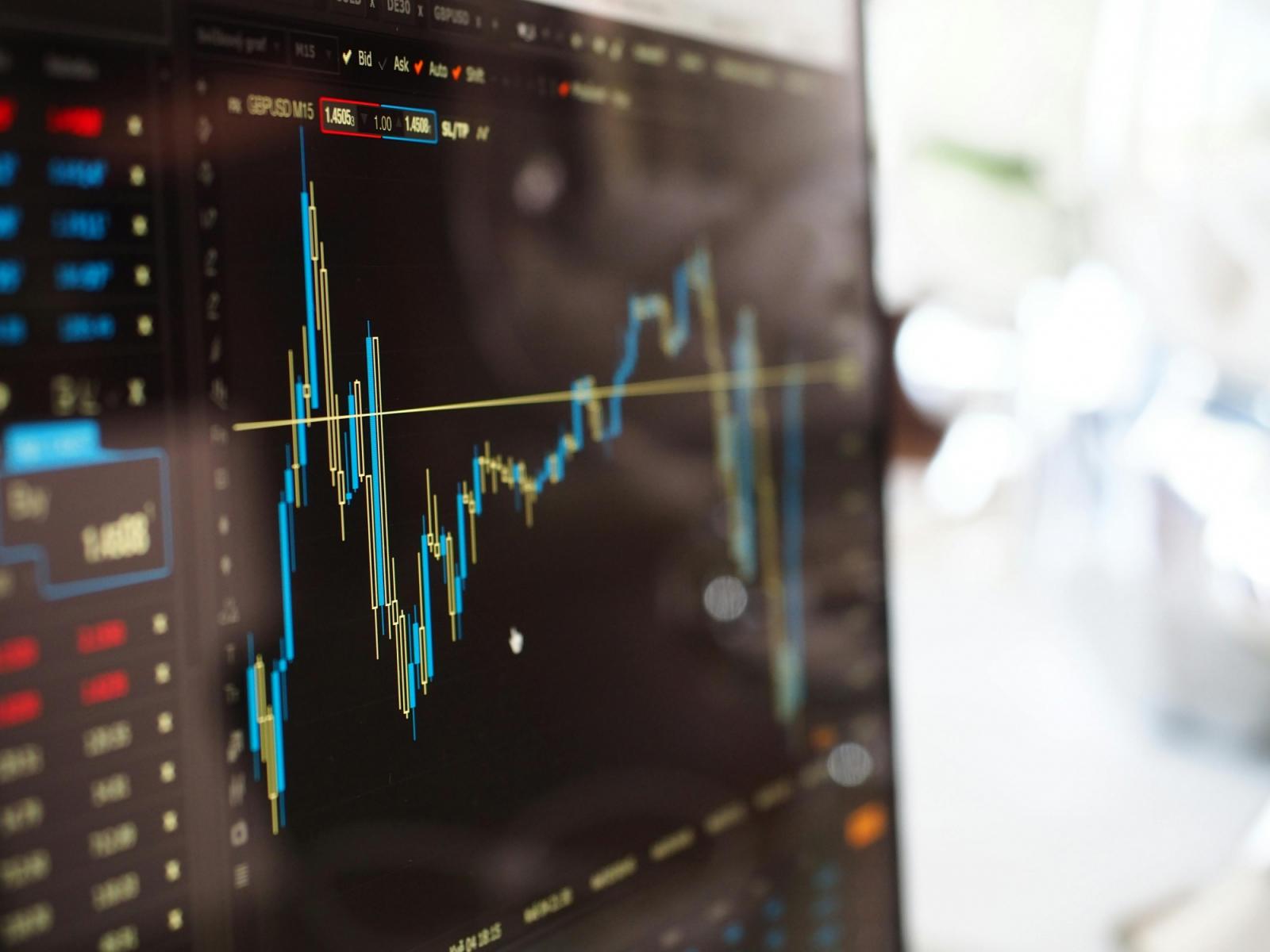
The U.S. government has offered up to $6.4 billion funding to Samsung Electronics Co Ltd. to build semiconductor manufacturing and research and development facilities in Texas.
This will add to South Korean tech major\'s proposed investment of over $40 billion in the state to build a cluster of semiconductor factories in the coming years aiming to meet the expected surge in demand from U.S. customers.
The investments are projected to cement central Texas\'s role as a state-of-the-art semiconductor ecosystem, creating at least 21,500 jobs.
In South Korea, Samsung shares were however losing around 2.7 percent on Tuesday.
The Biden Administration announced that the U.S. Department of Commerce and Samsung have signed a non-binding preliminary memorandum of terms or PMT for the direct funding under the CHIPS and Science Act. According to the Government, the investment is expected to strengthen the resilience of the U.S. semiconductor supply chain, advance U.S. technology leadership, and fuel U.S. global competitiveness.
As per the Commerce Department, the U.S. is projected to be on track to produce roughly 20% of the world\'s leading-edge logic chips by 2030.
In a statement, Biden noted that the CHIPS and Science Act was signed to address supply chain vulnerabilities in the country and to restore U.S. leadership in semiconductor manufacturing.
Biden said, \"These facilities will support the production of some of the most powerful chips in the world, which are essential to advanced technologies like artificial intelligence and will bolster U.S. national security. Today\'s announcement of Samsung\'s investment in the United States is another example of how my Investing in America agenda and the U.S.-ROK Alliance is creating opportunity in every corner of the country.\"
Further, up to $40 million in CHIPS funding will be used to train and develop the local workforce.
The proposed investment would be split across multiple projects at two separate locations in Central Texas- in Taylor and Austin. Samsung\'s existing presence in Texas will be turned into a comprehensive ecosystem for the development and production of leading-edge chips in the country, including two new leading-edge logic fabs, an R&D fab, and an advanced packaging facility in Taylor. The investment will also be used to expand its existing Austin facility.
With the proposed investments, Samsung expects to create new manufacturing capacity and capabilities for essential chips for the automotive, consumer technology, IoT, aerospace, and other vital industries.
The proposed investment would create over 17,000 construction jobs and more than 4,500 good-paying manufacturing jobs within the next five years. It will also stimulate regional commercial growth.
Kye Hyun Kyung, President and CEO of the Device Solutions Division at Samsung, said, \"We\'re not just expanding production facilities; we\'re strengthening the local semiconductor ecosystem and positioning the U.S. as a global semiconductor manufacturing destination. To meet the expected surge in demand from U.S. customers, for future products like AI chips, our fabs will be equipped for cutting-edge process technologies and help advance the security of the U.S. semiconductor supply chain.\"
In addition to the proposed direct funding, the company has indicated that it plans to claim the U.S. Department of the Treasury\'s Investment Tax Credit, which is expected to cover up to 25% of qualified capital expenditures.
Samsung has been making chips in Texas for nearly 30 years. Since 1996, Samsung Semiconductor has invested $18 billion in operating two fabs at its Austin, Texas, campus. In 2021, the company announced expansion into Taylor with a minimum of $17 billion to construct a new semiconductor manufacturing facility.
According to the company, Samsung Austin Semiconductor\'s economic impact on the region nearly doubled to $26.8 billion in 2023 from $13.6 billion in 2022.





